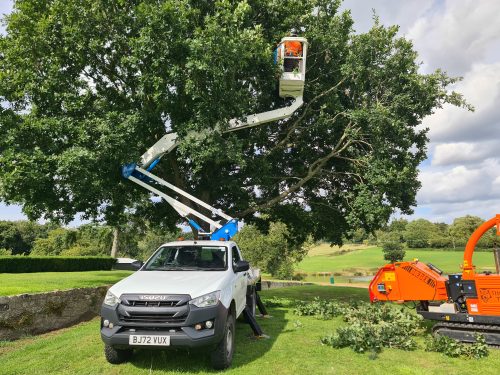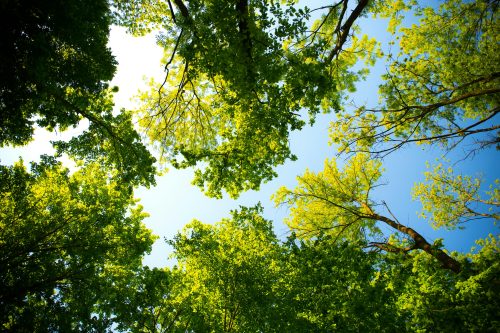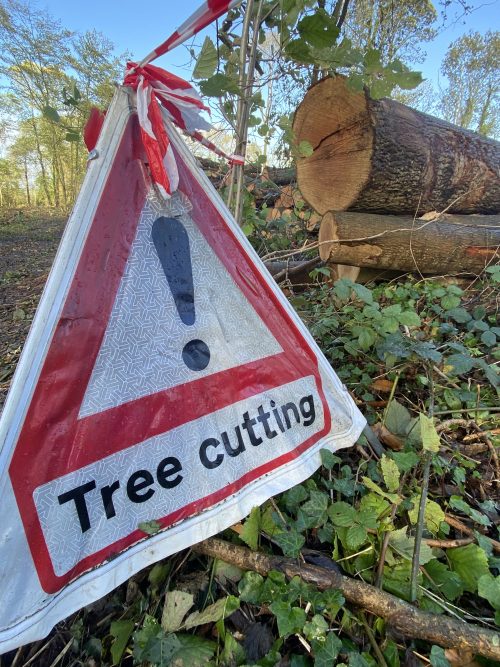 https://www.wilsontreesurgery.com/wp-content/uploads/2024/09/20230807_162313-500x375.jpg
https://www.wilsontreesurgery.com/wp-content/uploads/2024/09/20230807_162313-500x375.jpg
Machinery used in utility arboriculture
Read more
by Wilson Tree Surgery |
We understand the importance of protecting our natural environment while carrying out essential arboricultural work. One of our key responsibilities is ensuring that our work complies with statutory regulations, especially when dealing with sites that have specific designations like Sites of Special Scientific Interest (SSSIs) and RAMSAR sites. In this blog, we’ll provide an overview of these protected areas, how we assess their specific needs, and the steps we take to carry out our work responsibly.
The UK is home to a variety of protected sites that have special designations to conserve their unique wildlife, flora, and habitats. Among these are Sites of Special Scientific Interest (SSSIs) and RAMSAR sites, which are particularly important in our work as a tree surgery company.
Before we undertake any tree surgery or land management work, we need to determine if a site falls under any statutory designations. This is where MAGIC (Multi-Agency Geographic Information for the Countryside) Mapping comes into play. MAGIC Mapping is an interactive, government-supported online tool that provides geographic information on the natural environment across England and Wales.
Using MAGIC, we can quickly identify whether a site is designated as an SSSI, RAMSAR site, or any other type of protected area. This step is crucial in planning our work, ensuring that we comply with all relevant environmental regulations and guidelines.
You can explore the MAGIC Mapping tool yourself: here.
Once we have identified a site as an SSSI or RAMSAR, the next step is to assess the potential impact of our proposed tree surgery or land management activities. This involves instructing professional ecologists to carry out detailed surveys. These surveys help us understand the presence of protected species, habitats, and any other ecological features that could be affected by our work.
The findings of these surveys guide our approach in several ways:
Working on protected sites like SSSIs and RAMSAR areas requires a careful balance between maintaining healthy trees and landscapes and protecting the ecological value of the site. We take pride in our commitment to sustainable practices and ensuring that our work contributes positively to the environment. By collaborating with ecologists and adhering to legal guidelines, we can deliver high-quality tree surgery services that respect both nature and the law.
 https://www.wilsontreesurgery.com/wp-content/uploads/2024/09/20230807_162313-500x375.jpg
https://www.wilsontreesurgery.com/wp-content/uploads/2024/09/20230807_162313-500x375.jpg
Read more
 https://www.wilsontreesurgery.com/wp-content/uploads/2024/09/pexels-valiphotos-589802-500x333.jpg
https://www.wilsontreesurgery.com/wp-content/uploads/2024/09/pexels-valiphotos-589802-500x333.jpg
Read more
 https://www.wilsontreesurgery.com/wp-content/uploads/2024/08/IMG_1874-500x667.jpg
https://www.wilsontreesurgery.com/wp-content/uploads/2024/08/IMG_1874-500x667.jpg
Read more